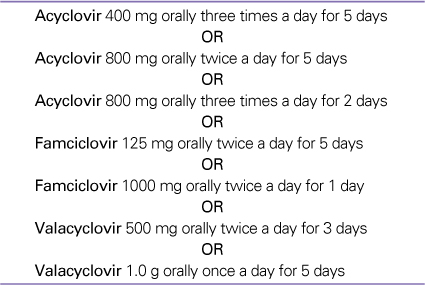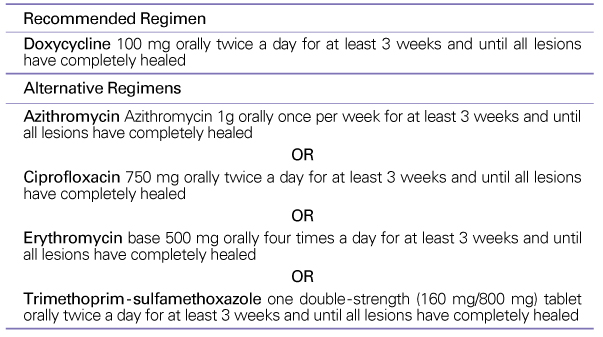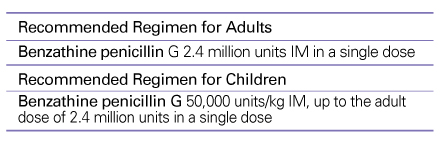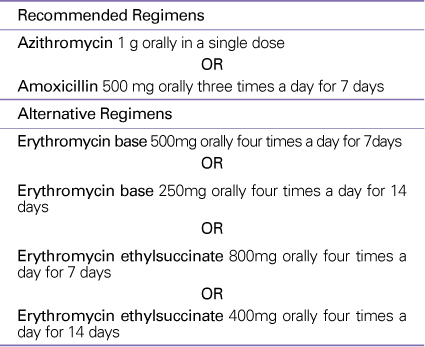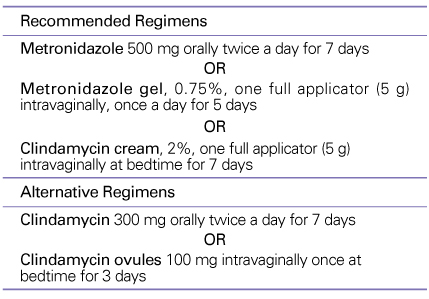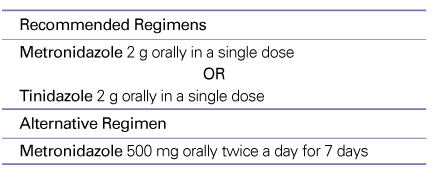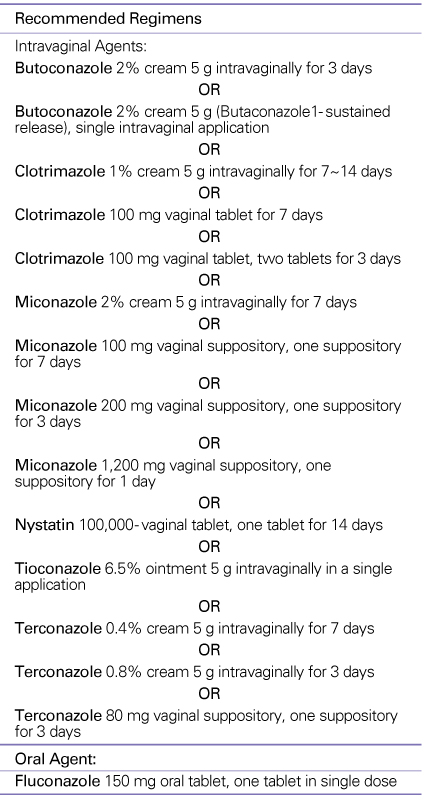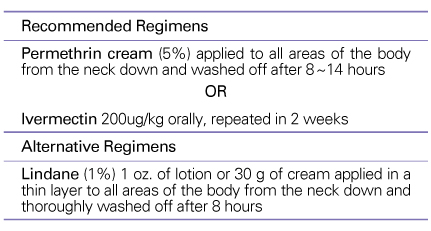 |
 |
- Search
| J Korean Med Assoc > Volume 51(10); 2008 > Article |
Abstract
References
Table 11
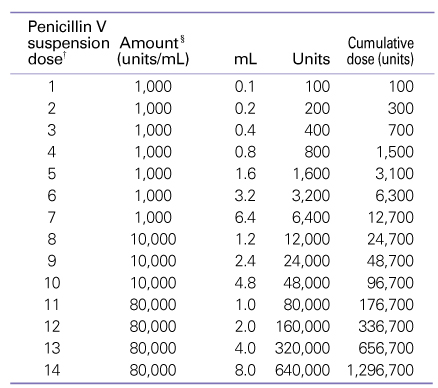
Observation period: 30 minutes before parenteral administration of penicillin
*Reprinted with permission from the New England Journal of Medicine.
SOURCE: Wendel GO Jr. Stark BJ, Jamison RB, Melina RD, Sullivan TJ. Penicillin allergy and desensitization in serious infections during pregnancy. N Engl J Med 1985; 312; 1229-1232.
†Interval between doses: 15 minutes; elapsed time: 3 hours and 45 minutes; and cumulative dose: 1.3 million units.
§The specific amount of drug was diluted in approximately 30mL of water amd then administered orally.
- TOOLS
-
METRICS

-
Related articles in
J Korean Med Assoc -
Prevalence and management of hypertension in Korean adults2022 October;65(10)
Prevention and management of urinary stone2020 November;63(11)
Diagnosis and management of Kawasaki disease2020 July;63(7)
Understanding and Management of Occupational Diseases1997 May;40(5)
Diagnosis and Management of Facial Nerve Paralysis1999 May;42(5)







